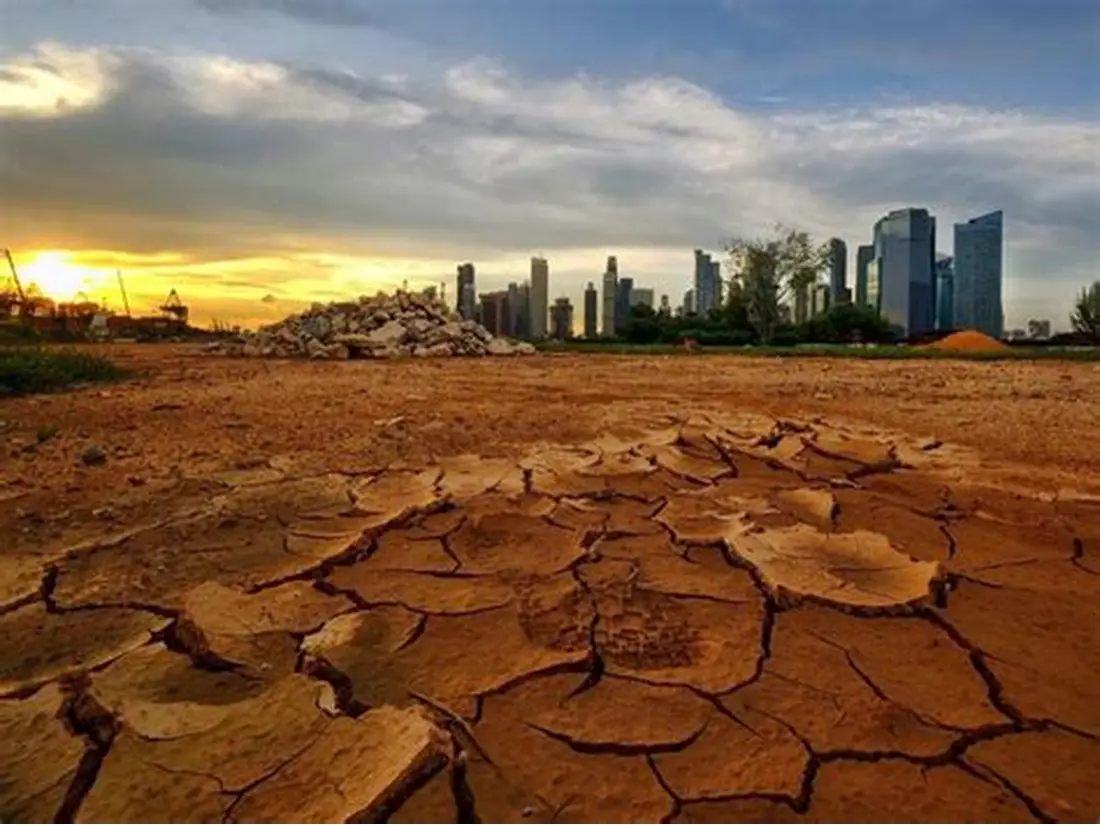
Climate change is not simply a matter of warming temperatures or melting glaciers—it’s reorganizing the very infrastructure we depend on for survival. From access to food and water to safety and security, its far-reaching effects are eroding human security worldwide. Here are five of the most urgent ways climate change is threatening people today.

1. Increased Competition over Land and Water
As droughts become more frequent and rainfall becomes more erratic, fertile land and freshwater are becoming scarce. In regions like central Mali, these shifting conditions have heightened tensions between farming and herding communities, both competing for limited resources. In Somalia, decades of conflict have already weakened community resilience.

Now, the worst drought in four decades is deepening hunger and driving more people from their homes. Even relatively stable nations like Jordan are suffering, initiating massive projects just to ensure that water can be kept flowing for citizens and refugees. When critical resources like land and water become more scarce, social upheaval—and sometimes even bloody conflict—follows.

2. Increasing Food Insecurity and Hunger
Severe weather events—floods, droughts, heatwaves—are interfering with the agriculture and fisheries sectors, compromising food supplies. In the Horn of Africa, climate-driven locust infestations have ravaged crops, driving food prices sky-high.

Rising sea levels and warmer ocean temperatures are destroying coral reefs and fisheries on Pacific islands that depend on them. Already, hundreds of millions today endure persistent hunger, and that could increase substantially. If the planet warms by only 2°C, another 190 million people could experience hunger. At 4°C, the number would be close to 1.8 billion. Hunger isn’t only a source of suffering—it also breeds regional instability and conflict.

3. Displacement and Forced Migration
Over 20 million are displaced each year by climate disasters, including floods, wildfires, and cyclones. Most stay in their nations, typically in regions that are already impoverished or in conflict. Small island states such as Tuvalu are also confronted with a survival issue—increasing seas could render them uninhabitable in a matter of decades.

As many as 216 million people in six regions of the world might need to migrate by 2050 because of climate stresses. Unplanned, large-scale migration has the potential to exert enormous pressure on infrastructure, services, and social systems both in the countries people leave and those they go to.

4. Growing Poverty and Inequality
The poorest people in the world are typically most impacted by climate change. Poor people depend heavily on farming, fisheries, or forestry sectors most vulnerable to climate disruption. When harvests are cut and livelihoods are affected, poverty is increased. The World Bank estimates that up to 135 million more people could be pushed into poverty by 2030 by climate change. This rising inequality drives cycles of instability, as the lack of resources and opportunities can lead to unrest and undermine economic development.

5. Rising Dangers for Women and Girls
Climate change affects all individuals, but not equally. Girls and women, and especially those in fragile and conflict-affected situations, are disproportionately at risk. In Somalia, shifts in rainfall and growing water scarcity have been linked to rising gender-based violence, including early marriage and honor-based violence.

When girls and women have to travel farther to fetch water or firewood, they expose themselves to dangerous situations, limiting their employment and education opportunities. But there are also indications of hope: In Yemen, involving women in water management and in mediation efforts has increased community resilience and eased tensions. Empowering women isn’t just a matter of justice—it’s the way to build lasting solutions.

Climate change is what security experts call a “threat multiplier.” It worsens existing problems—poverty, hunger, conflict—and creates new ones. Recognition of these challenges is the starting point for solutions that are not only climate-resilient but also socially equitable and inclusive. Mitigating climate change isn’t just about protecting the environment—it’s about protecting people, communities, and our shared future.
